904L vs 316L Stainless Steel: The Ultimate Comparison for Luxury Watchmaking
At BestCloneWatches.net, every timepiece is a result of meticulous engineering, not just aesthetic imitation. One of the most important distinctions between an ordinary replica and a premium-grade super clone lies in the type of stainless steel used. In the world of fine watchmaking, two alloys dominate the discussion — 904L and 316L stainless steel.
Both materials belong to the austenitic stainless steel family, known for their corrosion resistance and luster. However, 904L has become synonymous with the highest level of craftsmanship, used by Rolex and a select few luxury brands to ensure both visual brilliance and long-term durability.
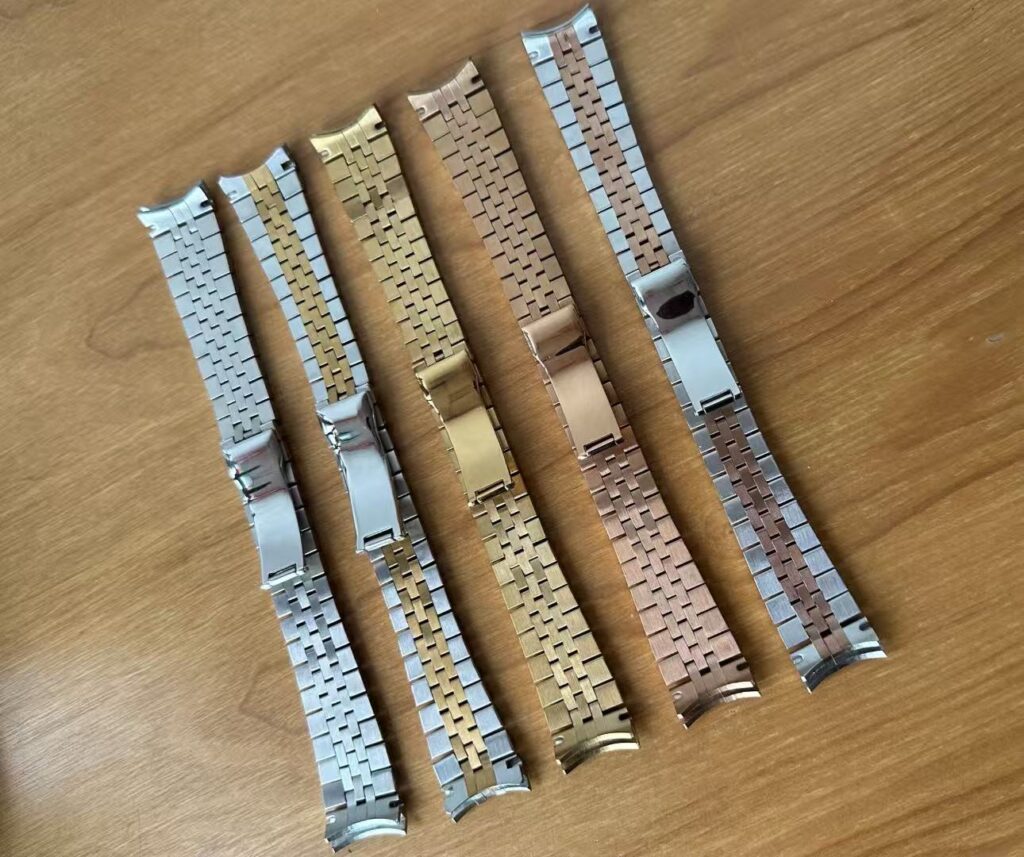
Understanding Stainless Steel Grades
316L stainless steel is widely used across mid-range and high-quality watches. It offers good corrosion resistance, machinability, and affordability, making it an industry standard for decades.
904L stainless steel, on the other hand, represents an upgrade in every sense. It contains higher levels of chromium, nickel, molybdenum, and copper — elements that significantly improve corrosion resistance, hardness, and the ability to maintain a flawless polish even after decades of wear.
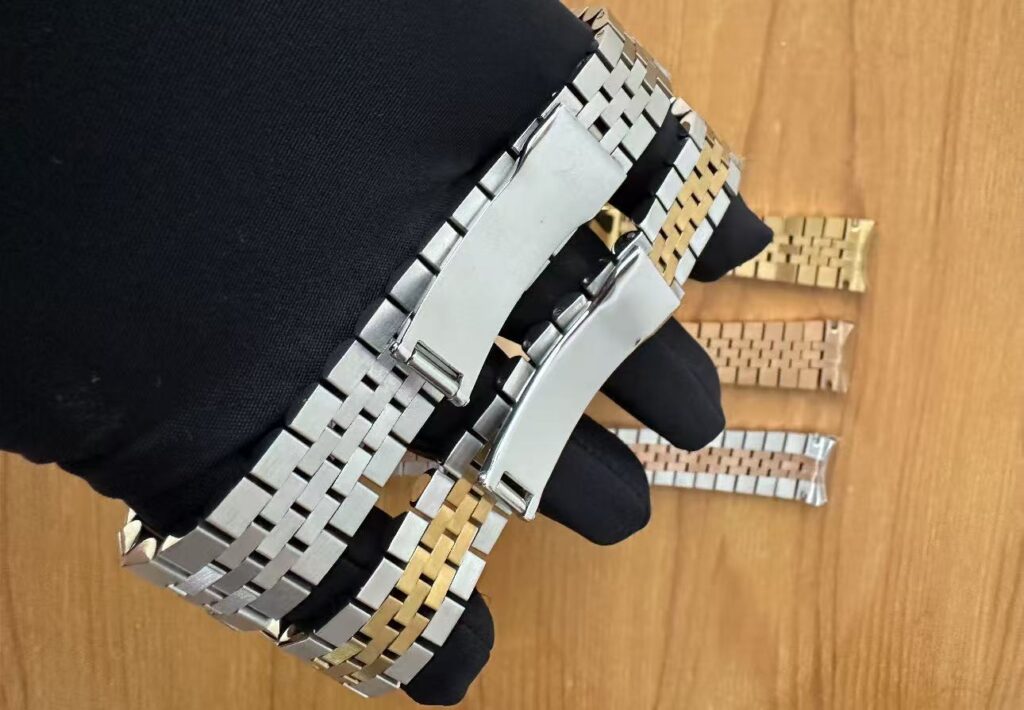
Chemical and Structural Differences
The main distinction between the two alloys lies in their chemical composition. 904L steel includes nearly 25% nickel and additional copper — giving it superior resistance to oxidation, saltwater corrosion, and chemical exposure. Its microstructure also allows for deeper polishing and a richer, whiter metallic sheen compared to the slightly grayer tone of 316L.
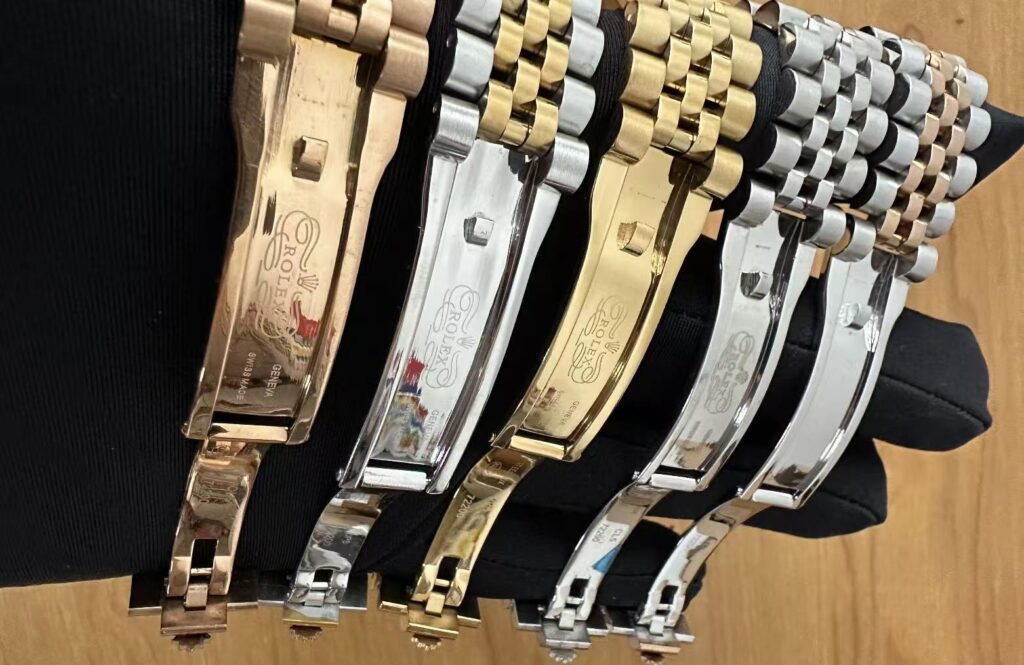
Durability, Polish, and Resistance
One of the defining traits of 904L steel is its ability to hold a mirror finish. Unlike 316L, which can lose its shine over time, 904L maintains a deep luster due to its higher chromium and nickel content. This makes it especially suited for luxury brands where surface perfection is essential.
Furthermore, 904L’s superior resistance to acids and chlorides makes it ideal for humid climates and active lifestyles. It resists pitting and corrosion even after prolonged exposure to seawater or sweat — a crucial factor for watches worn daily.
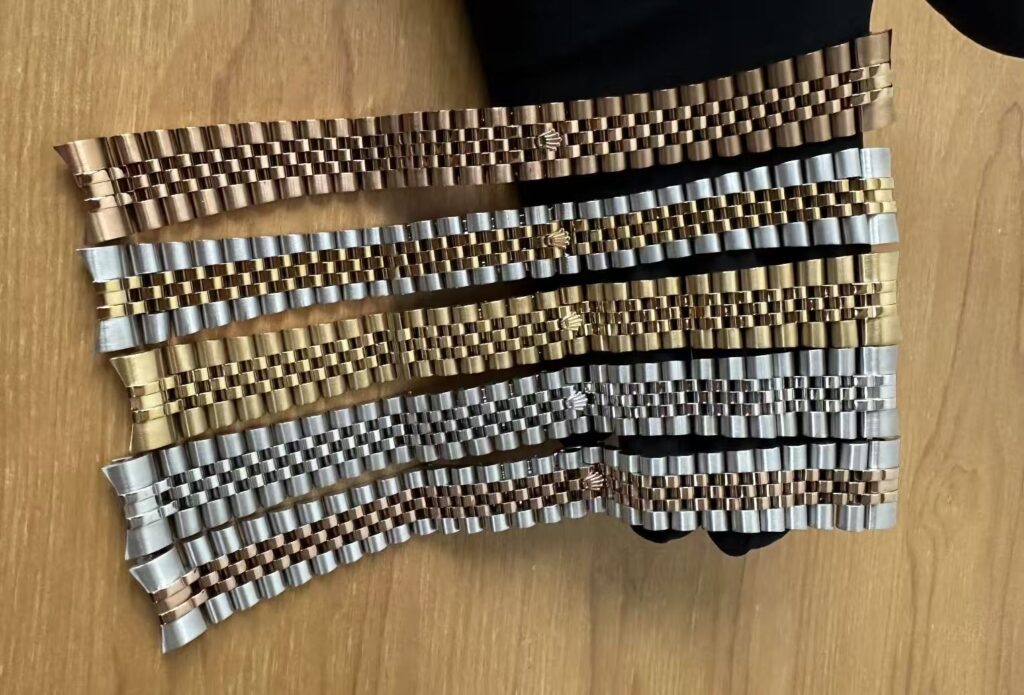
904L Steel in Modern Watchmaking
Leading brands such as Rolex adopted 904L steel for its unmatched polish and resistance to corrosion. The metal is harder to machine and more expensive to process, but the result is a case and bracelet that retain their brilliance for decades.
At BestCloneWatches.net, we use 904L stainless steel across our super clone Rolex collections to ensure each piece matches the authentic feel — from the weight of the case to the cold, dense touch of the bracelet.
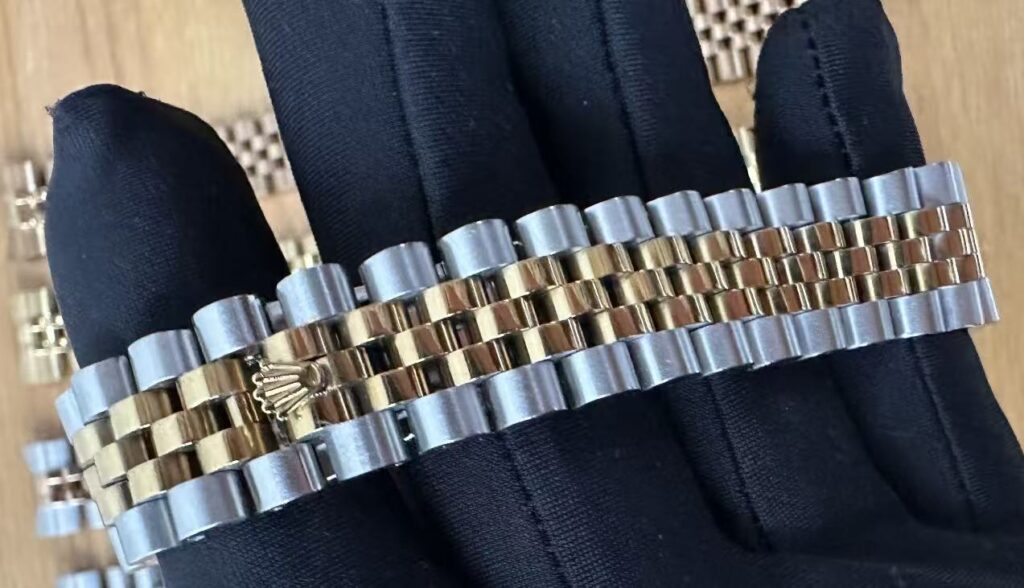
Conclusion
While 316L remains an excellent material for mid-range watches, 904L stainless steel stands as the undisputed benchmark for luxury craftsmanship. Its purity, resistance, and high polish define the unmistakable aura of true luxury timepieces.
Every BestCloneWatches.net model featuring 904L stainless steel is not only built for authenticity, but also engineered for endurance. From clasp to case, every component is CNC-machined, polished, and finished to match the highest horological standards.
References
- Fratello Watches: Difference Between 316L and 904L Stainless Steel
- Luxury Bazaar: 904L vs 316L Stainless Steel Comparison
- Part MFG: Properties and Applications of 904L Stainless Steel
- Watch Chest: Advantages of 904L Stainless Steel in Watches
- Keep The Time: 316L vs 904L Stainless Steel in Watches
- GPSS: Characteristics of 904L Stainless Steel

